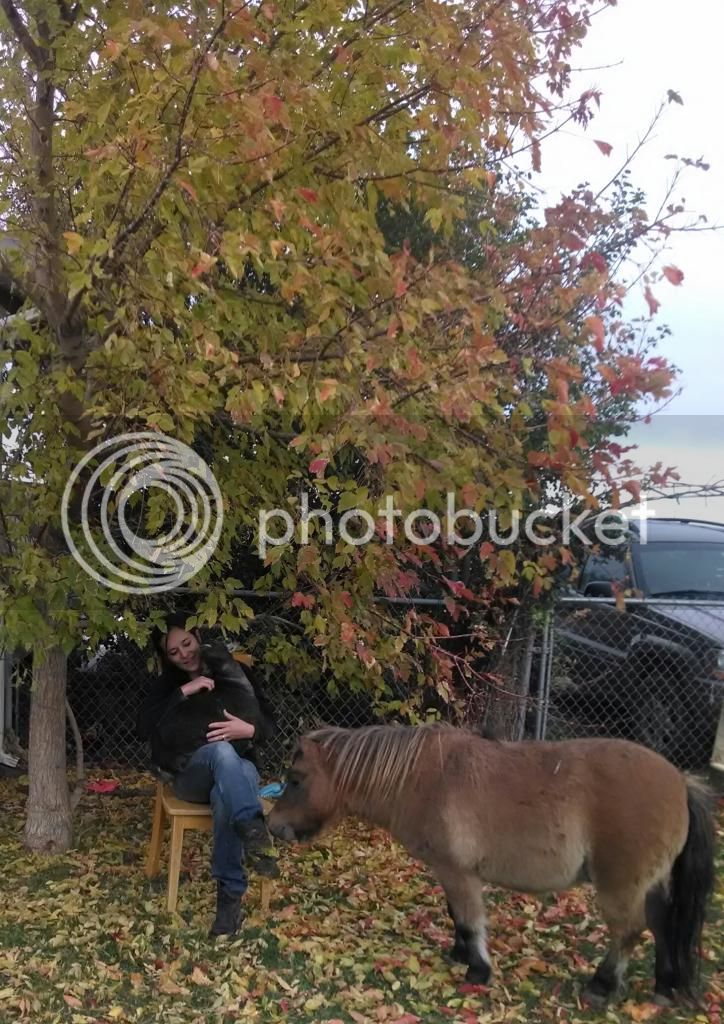In addition to starting an exercise program I would put him in a stall with just a little bit of hay for overnight.
*** I just re-read the article and the safest time to graze is 6-9 AM.
_______________________________________________________________________________________________________
Here is a copy of the article written by Woodside Equine Vet in Ashland, VA
When to Graze your Carb-Conscious Horse?
As many of you fellow horse-owners know, deciding when to turn out your mild-to-moderately overweight, insulin-resistant, Cushinoid (have equine Cushing’s Disease), or other wise “at-risk” horse, is a timely and weighty decision. I hope this short article with general grazing guidelines will help you. When talking about grazing, we often throw around the term “NSC.” NSC stands for non-structural carbohydrates. NSCs are water-soluble sugars and fructans that are accumulated in plants and stored for energy. They can be found in high levels in cool-season grasses and hay made from these grasses. Cool-season grasses like timothy, orchard grass, brome, and ryegrass predominate in horse pastures and hay fields. Horses that are at risk for laminitis, overweight, Cushinoid, or have insulin resistance/equine metabolic syndrome are often considered “carb-conscious” and should minimize their consumption of NSCs. The NSC content of grass can change based on species (orchard grass, vs. timothy, vs. alfalfa, etc.), growth stage, time of day, season, and stress level of the grass. Levels of NSCs are lowest between 3am-10am. NSCs peak in the afternoon and start to decline as the sun goes down. The best time to graze the carb-conscious equine is early morning between 6-9am.
During the day, water and nutrients (such as carbon dioxide) are used by the plant to undergo photosynthesis and produce sugar (NSCs). Photosynthesis is a reaction where carbon dioxide + water + sunlight = sugar in the grass. Normally, the NSC content is higher in the evening after a day of sunlight. Overnight, the plant utilizes the sugar by producing fiber for cell walls and energy. This process is called respiration and is temperature-dependent. If temperatures drop below 40°F, respiration is decreased. So remember how I said to graze your carb-conscious horse from 6-9 am? Well, if the temperature at night was below 40°F, but it was warm and sunny the day before, the NSC content of the grass will still be high in the optimal grazing time due to lack of respiration and utilization of sugar by the plant overnight. A week of nights with freezing temperatures and sunny days can double NSC levels. Photosynthesis requires sunlight, so when it is an overcast day, there will be less photosynthesis and the grass will naturally have a lower NSC content. Plants also have a protective mechanism storing sugar/NSC during times of stress. How does this work? A plant will continue to produce sugar as long as it has water, carbon dioxide, and sunlight. If the plant is stressed by temperature or drought, for example, it will retain its sugar resources for use at a later time. It is a way for the plant to store food in preparation for possible future need. This is why we see lush green grass grow from rain after a drought. This scenario is also true for temperature stress. The sugar in the plant is not utilized when the plant is frozen or frosted. The plant continues to have high NSCs, even when it is brown, until rain or snow leaches out the sugar. Plants cannot utilize the NSC if respiration is not occurring due to cold temperatures. The only time the NSCs will get reabsorbed by the ground is from rain and snow causing moisture and reabsorption from the plant. So, just because your grass is brown (in late summer/fall), does not mean it is safe or low in NSCs.
General guidelines for carb-conscious horses:
Limit grazing to between 6-9am
Do not graze (even between 6-9am) after a sunny day with a cold night (temperatures below 40°F).
It may be ok to allow grazing on an overcast day; the grass will have lower NSCs.
Avoid grazing grass that is stressed or covered in frost.
Do not allow grazing after a drought or when lush grass is growing.




